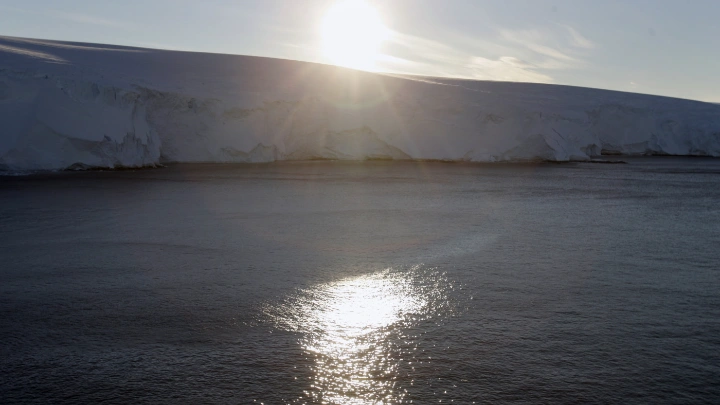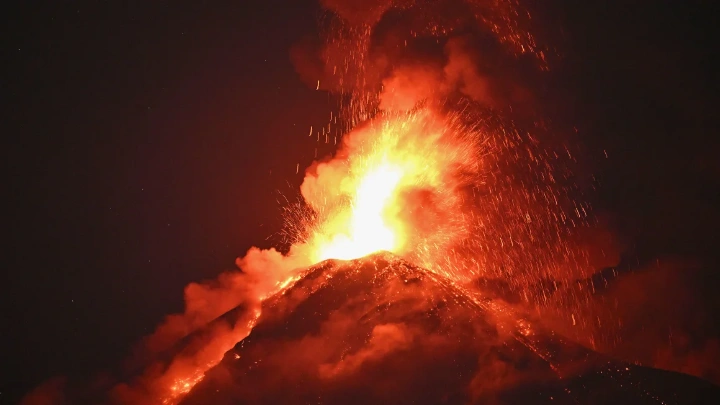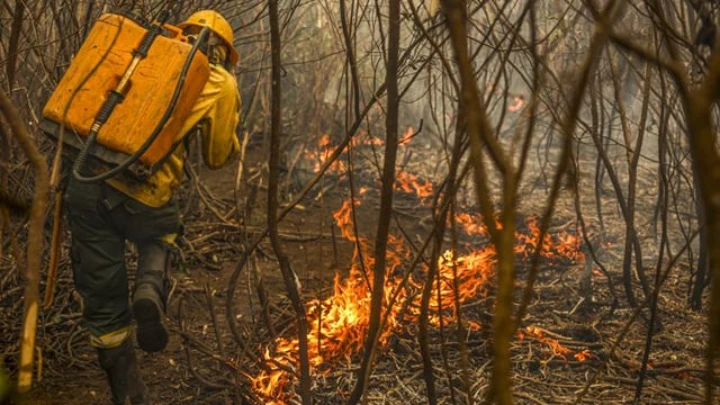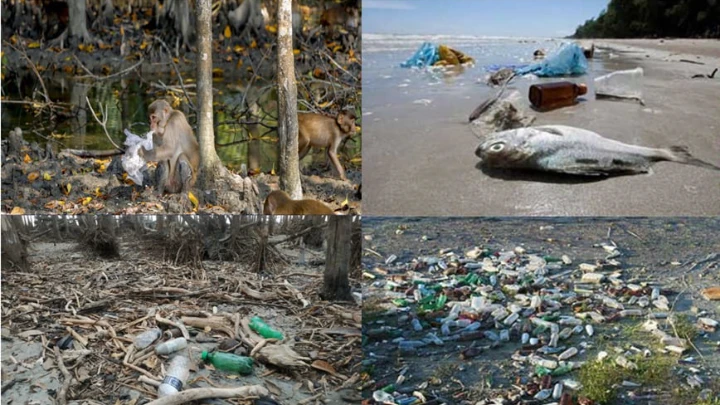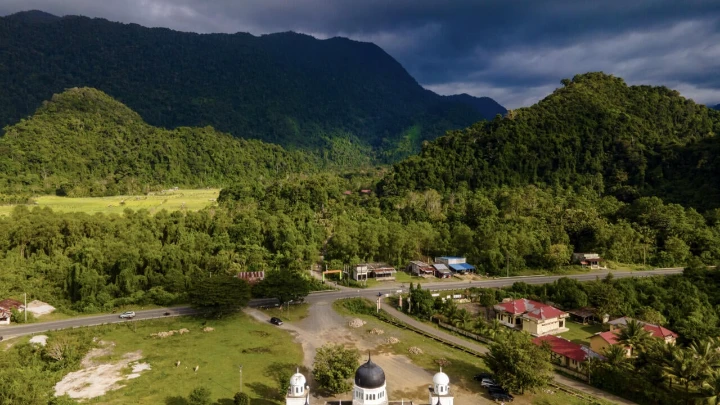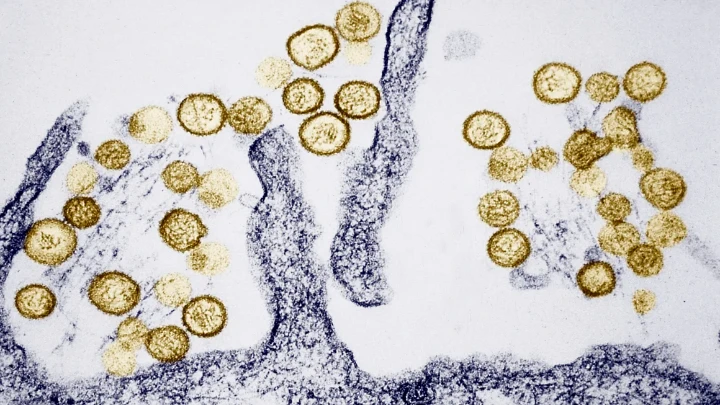Researchers warn the shift can have dire consequences for animals like penguins who breed and rear their young on the sea ice, while also hastening global warming by reducing how much sunlight is reflected by white ice back into space
A new 'extreme' record low for Antarctic winter sea ice has been recorded.
TBS || Shining BD
The US National Snow and Ice Data Centre (NSIDC) reported on Monday that sea ice levels in the ocean surrounding Antarctica reached record lows this winter, escalating scientists' concerns about the intensifying effects of climate change at the southern pole.
Scientists warn that this change could accelerate global warming by lowering the amount of sunlight that white ice reflects back into space, as well as have catastrophic effects for species like penguins that breed and raise their young on sea ice.
The NSIDC reported that this year's Antarctic sea ice extent peaked on September 10th, covering 16.96 million square kilometres (6.55 million square miles), the lowest winter maximum since satellite records first started in 1979. It is approximately one million square kilometres less ice than the winter record that was previously set in 1986.
"It's not just a record-breaking year, it's an extreme record-breaking year," said NSIDC senior scientist Walt Meier.
NSIDC in a statement said that the figures were preliminary with a full analysis to be released next month.
Seasons are reversed in the Southern hemisphere with sea ice generally peaking around September near the end of winter and later melting to its lowest point in February or March as summer draws to a close.
The summer Antarctic sea ice extent also hit a record low in February, breaking the previous mark set in 2022.
The Arctic has been hit hard by climate change over the last decade, with sea ice rapidly deteriorating as the northern region warms four times faster than the global average.
While climate change is contributing to melting glaciers in Antarctica, it has been less certain how warming temperatures are impacting sea ice near the southern pole. Sea ice extent there grew between 2007 and 2016.
The shift in recent years toward record-low conditions has scientists concerned climate change may finally be presenting itself in Antarctic sea ice.
While Meier cautioned it is too soon to say, an academic article published earlier this month in the journal Communications Earth and Environment pointed to climate change as a potential factor.
The study found that warming ocean temperatures, driven mainly by human-caused greenhouse gas emissions, are contributing to the lower sea ice levels seen since 2016.
"The key message here is that to protect these frozen parts of the world that are really important for a whole number of reasons," said Ariaan Purich, a sea ice researcher at Australia's Monash University who co-authored the study, "we really need to reduce our greenhouse gas emissions."
Shining BD

